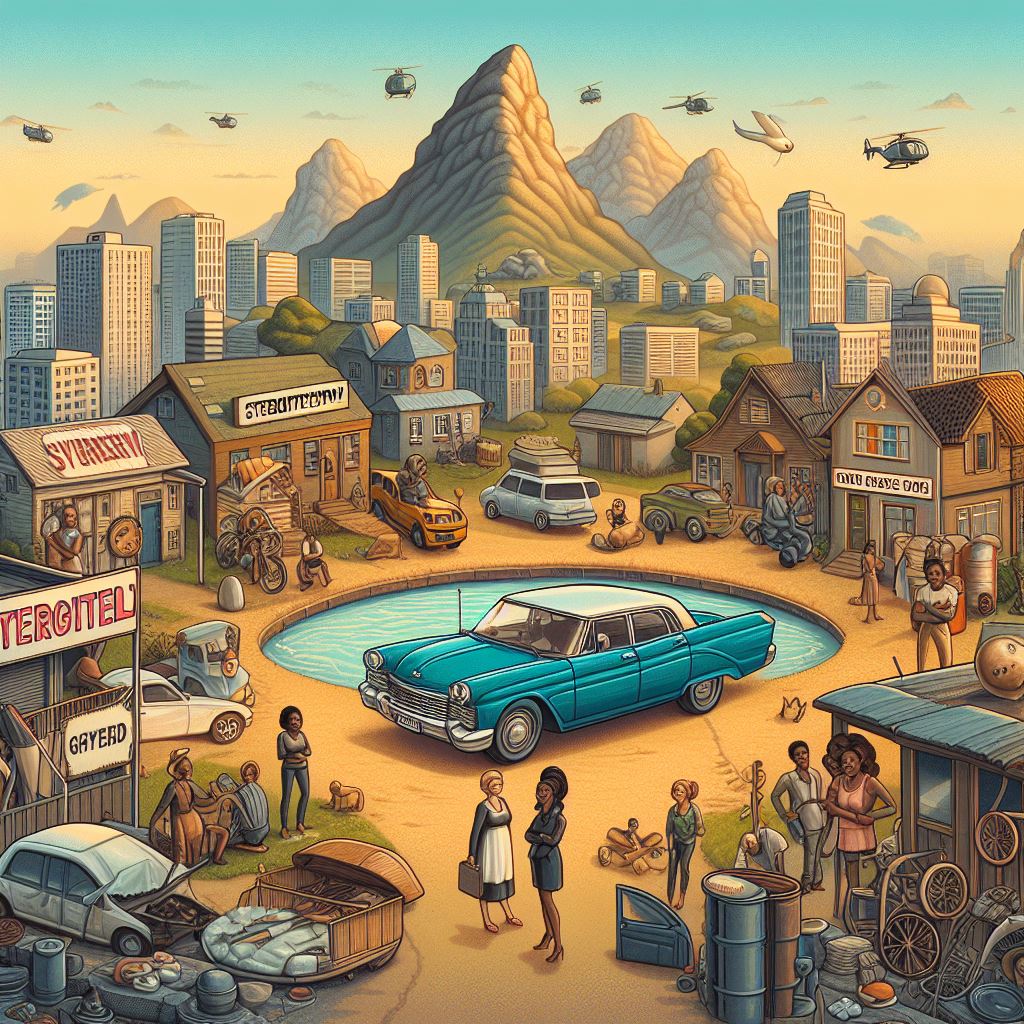Gender inequality remains a significant issue globally, and South Africa is no exception. Despite progress in various areas, pervasive stereotypes continue to perpetuate unequal treatment between genders. This essay states four stereotypical views that may lead to gender inequality in South Africa, accompanied by relevant cases or examples.

Stereotypical View 1: Traditional Gender Roles
Case: Gendered Division of Labor in the Household
In many South African households, traditional gender roles dictate that women are primarily responsible for domestic tasks such as cooking, cleaning, and childcare, while men are expected to be the breadwinners. This division of labor often results in unequal distribution of time, resources, and opportunities between genders. For example, a study conducted by Statistics South Africa revealed that women spend, on average, more than double the amount of time on unpaid care work compared to men, limiting their ability to pursue education, employment, or other opportunities outside the home.
Stereotypical View 2: Gender-Based Violence
Case: High Rates of Gender-Based Violence
Gender-based violence (GBV) remains a pervasive issue in South Africa, with women and girls disproportionately affected. Stereotypical views that perpetuate the belief in male dominance and female subordination contribute to a culture of impunity surrounding GBV. According to the South African Police Service, the country has one of the highest rates of GBV globally, with alarming statistics of rape, intimate partner violence, and femicide. For instance, the brutal gang rape and murder of Anene Booysen in 2013 sparked national outrage and highlighted the urgent need to address the underlying attitudes and beliefs that perpetuate violence against women.
Stereotypical View 3: Gender Bias in Education and Employment
Case: Gender Disparities in STEM Fields
Stereotypical views about gender capabilities and interests often result in gender disparities in education and employment opportunities. In South Africa, women are underrepresented in science, technology, engineering, and mathematics (STEM) fields due to persistent stereotypes that these fields are more suitable for men. A study by the Human Sciences Research Council found that women constitute only a small percentage of students and professionals in STEM disciplines. This gender gap not only limits women’s access to lucrative career opportunities but also perpetuates the stereotype that certain fields are inherently more suited to one gender over the other, reinforcing gender inequality in the workforce.
Stereotypical View 4: Limited Political Representation
Case: Underrepresentation of Women in Leadership Positions
Despite constitutional guarantees of gender equality, women remain underrepresented in political leadership positions in South Africa. Stereotypical views about women’s leadership abilities and roles in society contribute to this imbalance. While women make up the majority of the population, they are significantly underrepresented in decision-making bodies such as parliament, provincial legislatures, and corporate boardrooms. For example, women currently hold less than 30% of seats in the South African parliament, reflecting the persistent barriers to women’s full participation in political and public life.
In conclusion, gender inequality in South Africa is perpetuated by a range of stereotypical views that shape attitudes, behaviors, and institutional practices. Traditional gender roles, gender-based violence, education and employment biases, and limited political representation are just a few examples of how these stereotypes manifest in society. Addressing gender inequality requires challenging and dismantling these stereotypes through education, advocacy, and policy reform. By promoting gender equality and challenging harmful stereotypes, South Africa can create a more inclusive and equitable society where all individuals have the opportunity to thrive, regardless of gender.

